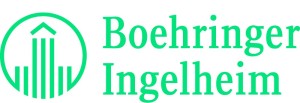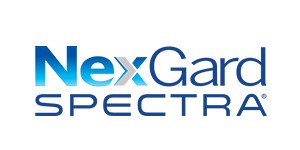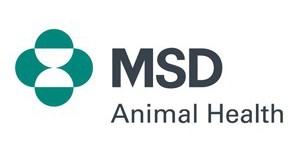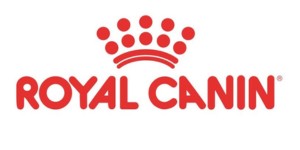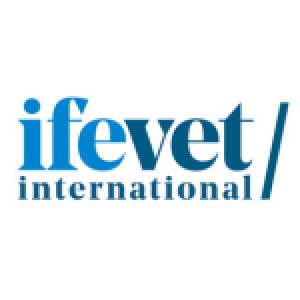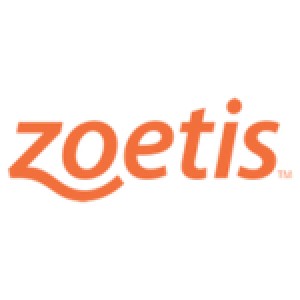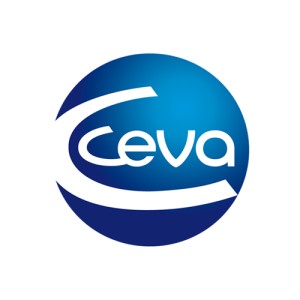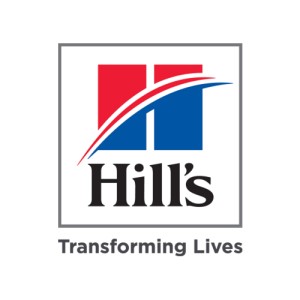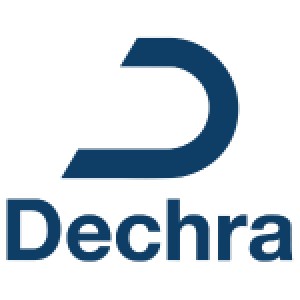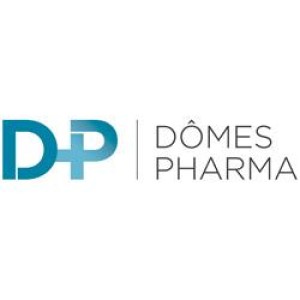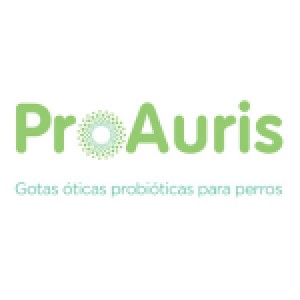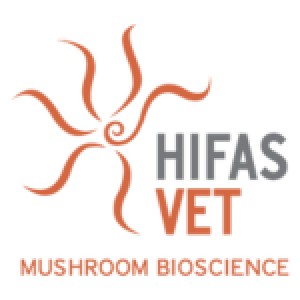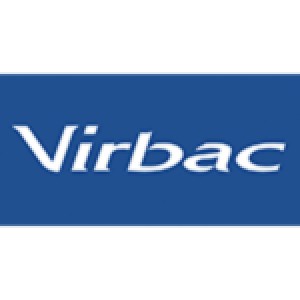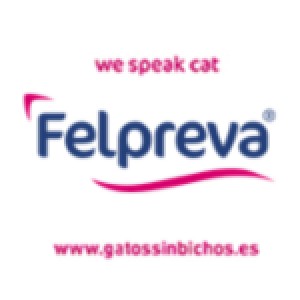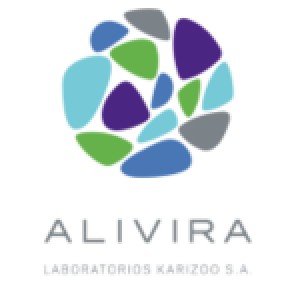Tratamiento de un caso de osteocondritis disecante bilateral de cóndilo femoral lateral mediante la combinación de la técnica OATS (Osteochondral Autograft Transfer Surgery) y el uso postquirúrgico de plasma rico en factores de crecimiento en un perro [RETIRADO]
Treatment of a case of bilateral osteochondritis dissecans in the lateral femoral condyle using the Osteochondral Autograft Transfer Surgery technique and plasma rich in growth factors in a dog
I. Prada-Areán, J.R. Altónaga, M. Amatto, J. Rial, M. Gonzalo-Orden
Contacto: vetpets@hotmail.es
Resumen
La osteocondritis disecante (OCD) es el último estadio de la osteocondrosis (OC), enfermedad ósea del desarrollo provocada por una alteración en la osificación endocondral de la placa de crecimiento epifisario. Esta afectación se produce principalmente por una falta de vascularización y nutrición que puede llegar a tener consecuencias clínicas. En la especie canina, el cóndilo femoral lateral de la rodilla es una de las regiones anatómicas con una mayor predisposición a padecer este tipo de lesiones. La OATS (Osteochondral Autograft Transfer Surgery) o mosaicoplastia es una alternativa eficaz a las diferentes técnicas comúnmente empleadas en el tratamiento de las lesiones femorales de OCD hasta el momento (curetaje o legrado, perforaciones, etc.). Consiste en la realización de un trasplante de uno o varios cilindros de cartílago articular no afectado y del hueso subcondral adyacente del propio paciente, desde una región de carga de peso limitada a la zona donde se encuentra el defecto condral. El presente trabajo describe la posibilidad de utilizar satisfactoriamente y de forma bilateral la técnica de OATS en un único procedimiento quirúrgico. Por otro lado, también muestra los beneficios obtenidos de la combinación de la OATS bilateral con el empleo exitoso de inyecciones intraarticulares y postquirúrgicas de plasma rico en factores de crecimiento para estimular una rápida osteointegración del injerto.
Palabras clave: osteocondritis disecante, OCD, OATS, Osteochondral Autograft Transfer, osteocondrosis, fémur, bilateral.
Clin. Vet. Peq. Anim, 2017, 37 (2): 103 - 109
Summary
Osteochondritis dissecans (OCD) is the last stage of osteochondrosis (OC), a bone disease caused by an abnormal development in the endochondral ossification of the epiphyseal growth plate. This is because of the lack of blood supply and nutrition, and it may have clinical consequences. The lateral femoral condyle in canine´s stifle joint is one of the body’s anatomical regions that have the highest predisposition to this kind of injury. The Osteochondral Autograft Transfer Surgery (OATS) is an effective technique for the treatment of the osteochondritis dissecans. This technique consists in the transplantation of one or more cylinders of healthy articular cartilage and subchondral bone, from a region of limited weight bearing area to the chondral defect. This study describes a successful alternative technique to the treatment of the bilateral osteochondritis dissecans in the lateral femoral condyle by OATS. This different approach would be another possibility to resolve this alteration in a single surgical procedure, apart from the traditional ones. On the other hand, it also shows the benefits derived from the combination of bilateral OATS with the successful use of intra-articular injections and postoperative plasma rich in growth factors (PRGF) to stimulate the osseointegration of the graft.
Keywords: osteochondritis dissecans, OCD, OATS, Osteochondral Autograft Transfer, osteochondrosis, femur, bilateral.
Clin. Vet. Peq. Anim, 2017, 37 (2): 103 - 109

La presencia de este logo en un artículo de la revista indica que se publicará un examen sobre el mismo en la plataforma AVEPA Elearning. Su resolución aporta 0,15 créditos dentro del sistema de acreditaciones de especialidades veterinarias de AVEPA.

